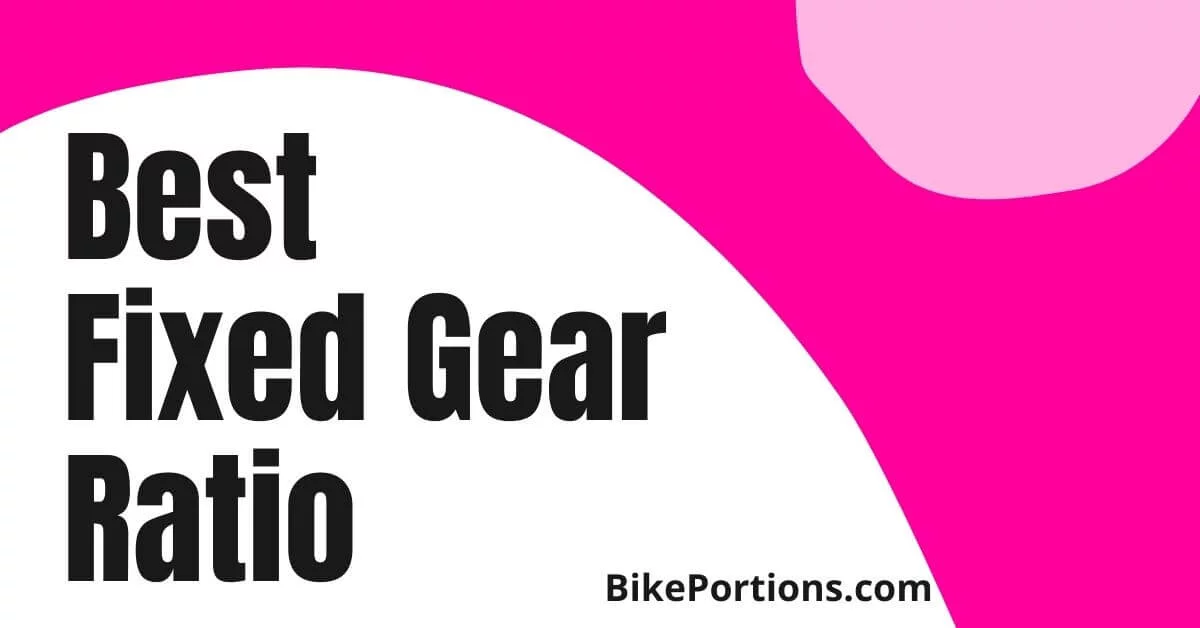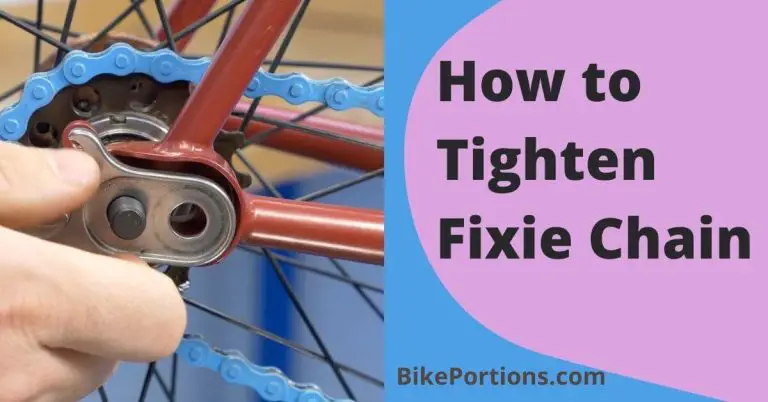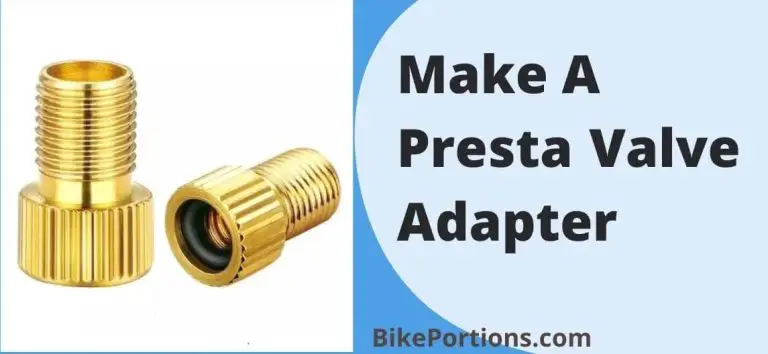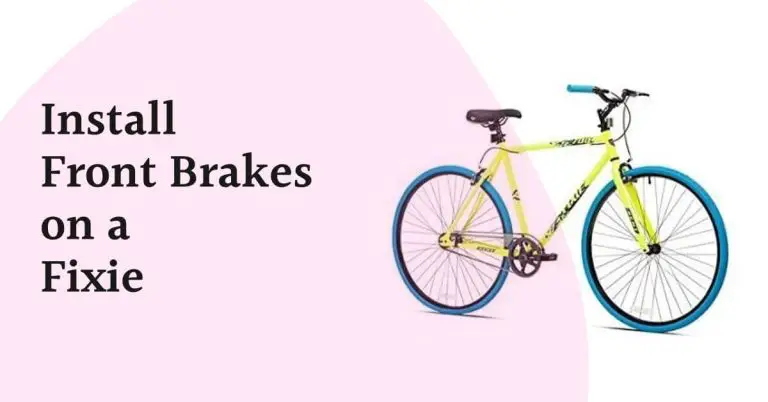Best Fixed Gear Ratio
The gear ratio in a bike is what determines what gear it is – what speeds the gears go through. A fixie has only one gear because it has a fixed ratio that stays the same all the time. You can compare it to what you have in your car – what gear you’re in will determine what speed you’ll go at. The best-fixed gear ratio is based on your riding needs.
Fixies are great because they help train you to be a better cyclist. With only one gear, what would usually become an obstacle is turned into exercise.
As an example, what would normally be a steep hill may be turned into what you need to do in order to ascend it – but what if there are hills of varying gradients all around? What gear should you use for the hill?
You can of course change gear in your fixie, but that’s all part of practicing. When you have a choice, what gear do you pick? Think about what would be easier for hill – what would put less strain on your legs and hills would demand more of your muscles.
Contents
How does gear ratio affect speed
This all ties into how the gears work together. Not just with gear, you’re in, but your peddling speed as well. This means the ratio will determine the speeds you go at.
Using a larger front chainring and a small rear cog will give you more speed across the board. While using a smaller front chainring and a bigger rear cog gives less top speed. But makes up for it in you can go up hills. If you want gear to use in a hill, the smaller front chainring and bigger rear cog will make things easier – but what about the speed you get?
If you’re more concerned with top speed, then what ratio do you pick?
The fewer teeth that are on your front chainring, the faster you can go. However, the gear should you go speed in? What ratio is best at? This changes from what terrain you’re going across and what condition your bike is in – but a good rule of thumb is that a smaller front chainring will give you more top speeds while a larger front chainring will give you better go uphills.
The choice of ratio you choose doesn’t just affect the speeds you can achieve – it’s also the kind of muscle strength that gear will give you the most benefit from. Front gears have smaller ratios because they need less power to keep them turning around, so if your legs are strong choose a gear with a front chainring. This is the gear ratio to go speed in.
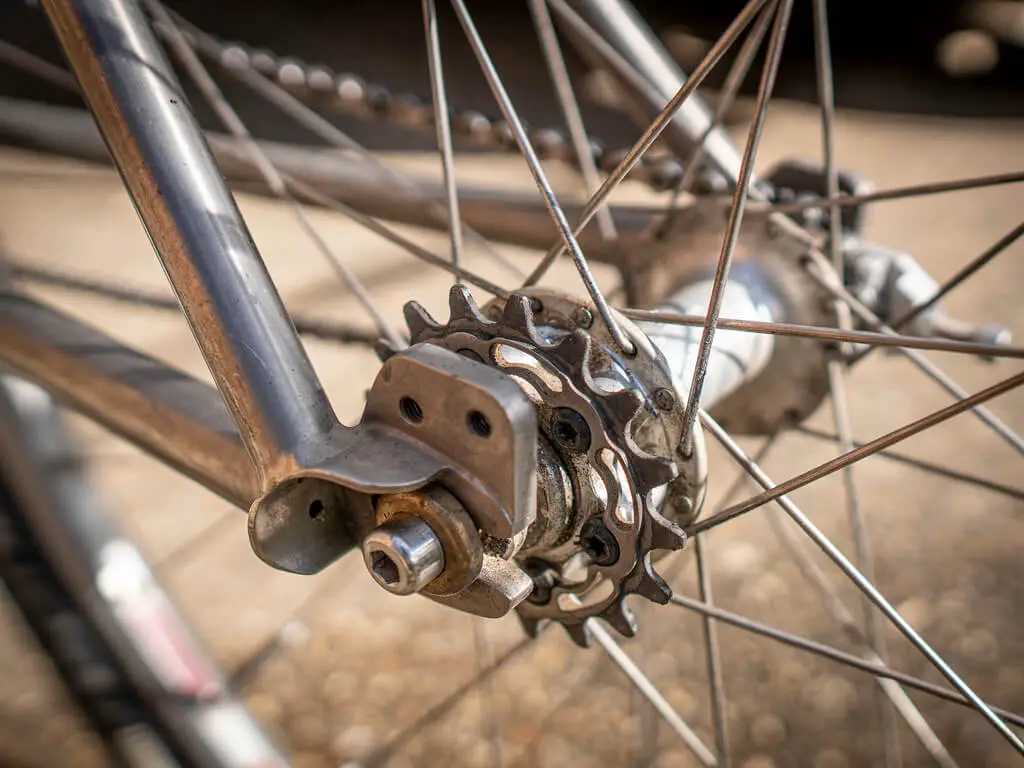
Best fixed gear ratio for skidding
When you are doing skid, or do a very low cadence (rpm) pedal stroke the best-fixed gear ratio to use is probably around 2:1. You can achieve this ratio by using a 12-tooth front cog and 24-tooth rear cog.
For example, your normal cadence when pedaling uphill on flat ground with a fully packed street is around 60 rpm, then is equal to 120 revolutions per minute (rpm).
If you were re-creating this with a gear ratio of 2:1 the math would look like this:
60 x (2 / 1) = 120 rpm.
In order to achieve this skid-friendly fixed gear improvement, you would use a 12-tooth cog as your front cog and a 24-tooth cog as your rear cog.
This gear will allow you to go up hills slowly. If you find yourself in a race and need to slow down quickly there is also the added benefit of putting more weight on the front tire. Which can be helpful if it’s wet out.
Don’t ever use a higher gear ratio than 2:1 and always use the same size cog for your front and rear.
Note: This is not an optimal gear but just in case you find yourself needing it, at least you’ll know what to do.
Best fixed gear ratio for commuting
There is no doubt that city commuting by bike has become more popular than ever. With this, there are many different bikes to choose from, each with its own unique purpose. The best-fixed gear ratio for commuting is perhaps one of the biggest factors in choosing a commuter bike.
A fixed-gear drivetrain directly couples the pedals to the rear wheel with no differential, causing a loss of speed during coasting.
A fixed-gear bicycle is a relatively simple mechanism that allows for quick maneuverability in dense urban areas. On the other hand, it will depend on the type of terrain you are riding on, how many people are with you or running beside you, wind conditions and hills if any.
The best-fixed gear ratio for commuting may vary on the type of footwear you are wearing. It will depend if you want to compete in any races, or time trials, or just cruise around town with your friends and enjoy a leisurely bike ride. And will also depend on your price range and type of fixed-gear bike.
Best fixed gear ratio for hills
The best-fixed gear ratio for hills is 23/19. The resistance created by your pedals turning into your cassette will weigh heavily on your legs and the strength of your muscles will give out before you even start to scale the hill.
The general rule of thumb is that your gear should be able to get you up a maximum gradient of between 1 in 10 and 1 in 12, depending on your fitness level.
For example, if the ascent is only 5% steep (meaning it’d take you slightly less than 2 minutes to climb it), then you should have 23 x 19 as your best-fixed gear ratio for hills.
However, this is not always the case. You may be able to push through with a tougher combination but there’s no point in forcing yourself – switch it up if necessary.
There are other bike gear options that you might want to try out as well. In general, don’t be afraid of experimenting as different combinations suit different people. Variation is good for your overall fitness and it’s important to challenge yourself on some occasions.

Here is a list of the top five fixed-gear bike gearing options for hills, ranked by their difficulty:
- 23/19 Best fixed gear ratio for hills
- 22-11 Best fixed gear ratio for steep hills
- 21-13 Best fixed gear ratio for hilly terrain
- 20-15 Best fixed gear ratio for very hilly terrain
- 19-17 Best fixed gear ratio for seriously hilly
23/19 Best gear ratio for hills
This is the best-fixed gear option to go with on a purely flat surface but not necessarily on hills. It’s probably the easiest gear to keep up with on the list but this doesn’t make it ideal for climbing steep hills.
22-11 Gear ratio for steep hills
This is perhaps the most common combination used by beginners who are just looking for a smooth ride. It will suit well to pretty much any condition, including hilly terrain and it will be easy to get up to speed.
21-13 Best fixed gear ratio for hilly terrain
These numbers are ideal for people who are looking to get the most out of their hills. Still feel comfortable with the combination. It’s a good option if you want to keep it simple. But don’t necessarily feel at ease on super steep slopes.
20-15 for very hilly terrain
This particular combination isn’t too tough and it’s more than achievable even if you’re not super fit. It can get a little tough to keep up with on really steep hills but, then again, it does provide you with the option of pushing through.
19-17 for Seriously hilly
This is a more difficult combination but it’s still manageable. If you’re looking to get through some particularly tough terrain, then this might be your best bet.
20/16 for Extremely hilly
On the extreme end of the spectrum, we have a relatively difficult approach that offers great results. If you’re looking for a good combination to get through hills, but don’t want it to be too easy, then this might just offer you what you need.
Best fixed gear ratio for speed
We all know the thrill of going fast on a bicycle. But which gear ratio is best for speed?
First, you need to decide if you are using fixed gear or freewheel/freehub, as that largely determines the gearing of your bike. If it has a freehub then use the largest cog you can fit from an aesthetic standpoint. For those with a fixed gear, there are two questions to ask:
- Do you have a track bike or a road bike?
- What position will you be in when riding? Sitting up or hunched over the bars?
So that gets us through the first question. If you have a track bike, then you want to use the smallest gear possible. If you have a road bike, then you want to use the largest cog available regardless of your position on the bike. We will assume that if you are reading this article, you probably don’t have a track bike. So any cog size over 20 inches is acceptable for road bikes.
This brings us to the second question. The majority of road bikes are designed to be ridden with the rider in an upright position using drop bars. You will want to use a cog that is at least 22 teeth, but preferably 24 or more. If you are riding in a hunched-over “racing” position, then anything around 18-20 inches will do.
Best fixed gear ratio for racing
Fixed-gear bikes have been around for over a century. But recently there has been an increase in interest among mountain bikers that want to experiment with the sport within its original context, as well as other riders that use it for trick riding.
The Best fixed gear ratio for racing is usually between 60 and 80-90. A higher ratio requires less pedal rotation to travel forward. But it also makes the ride much more difficult because of increased leg strain during climbs.
Also, a different type of track bicycle is called ‘bunny bikes’ or ‘single speeders’. It allows the rider to have a choice of different gear ratios. The best-fixed gear ratio for racing usually varies from the common high gear of 80″ (65 mph) down to as low as 40″ (28 mph). Making it very adaptable for different riders and terrain.
Final Thoughts
This is a post about the best-fixed gear ratio. Fixed-gear bikes are very popular among bike enthusiasts, they are simple and stylish. The ratio of a fixed-gear bike depends on the ratio of the rear wheel and the bike’s gear ratio. The best-fixed gear ratio is the one that is most practical for you and for your bike. The best ratio depends on your cycling needs. If you have any questions related to fixed-gear bikes, then feel free to comment below.

